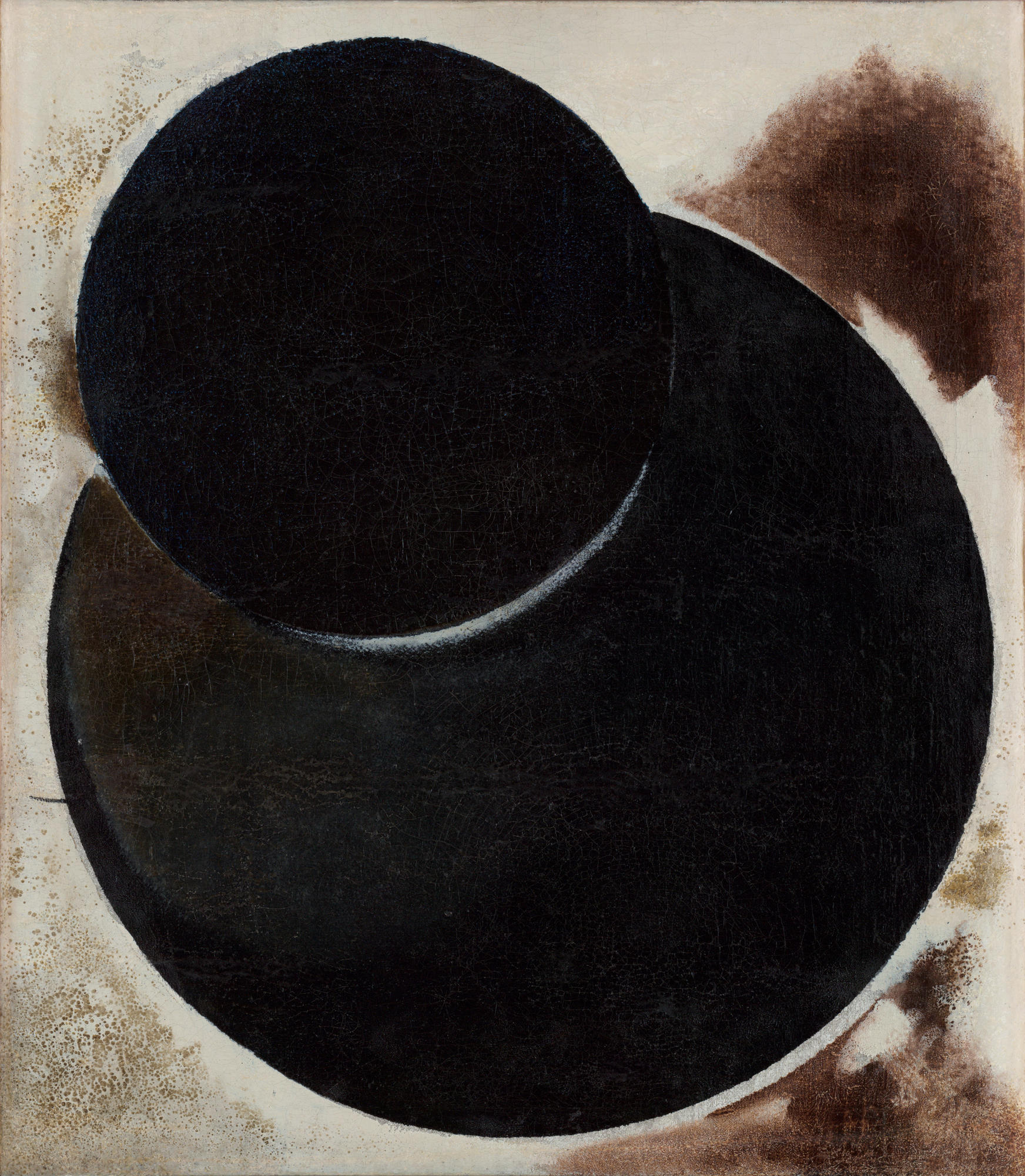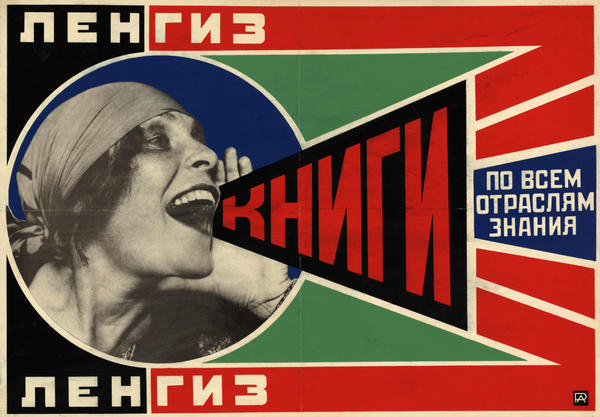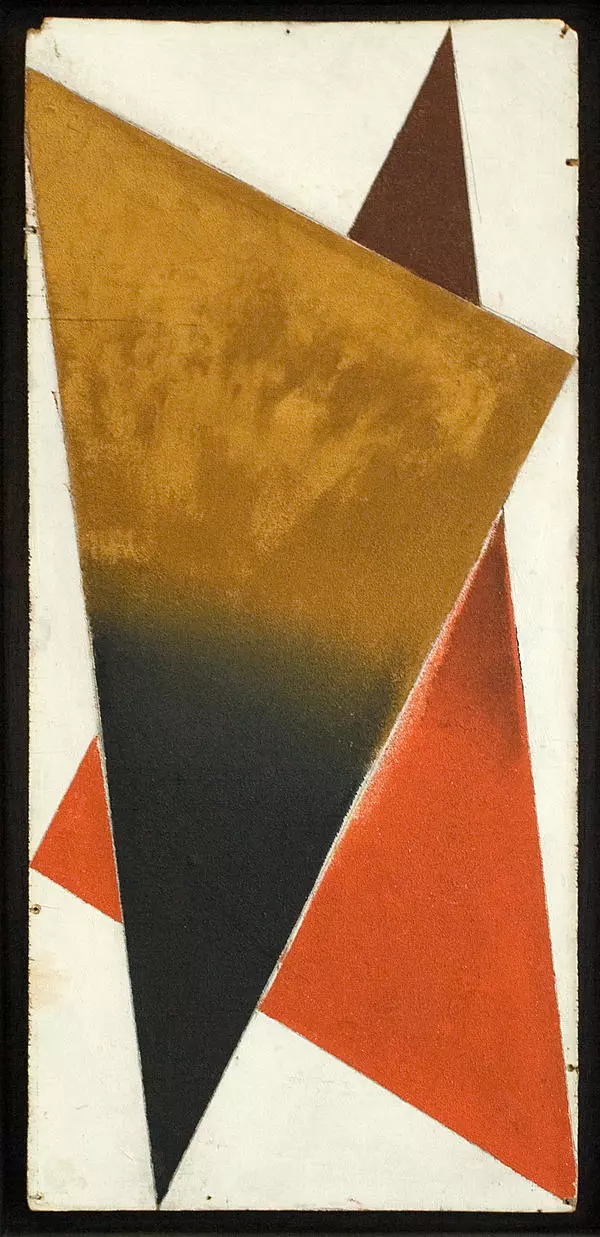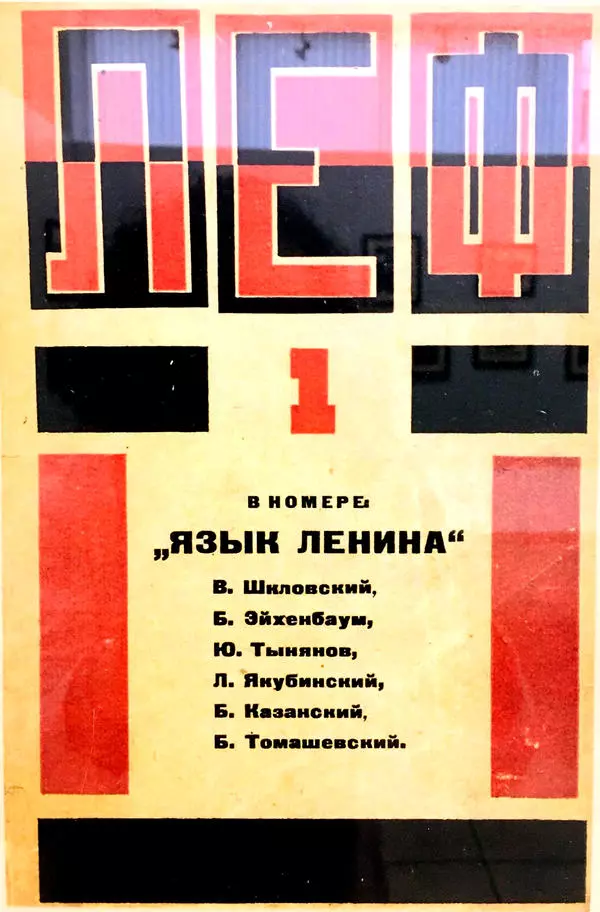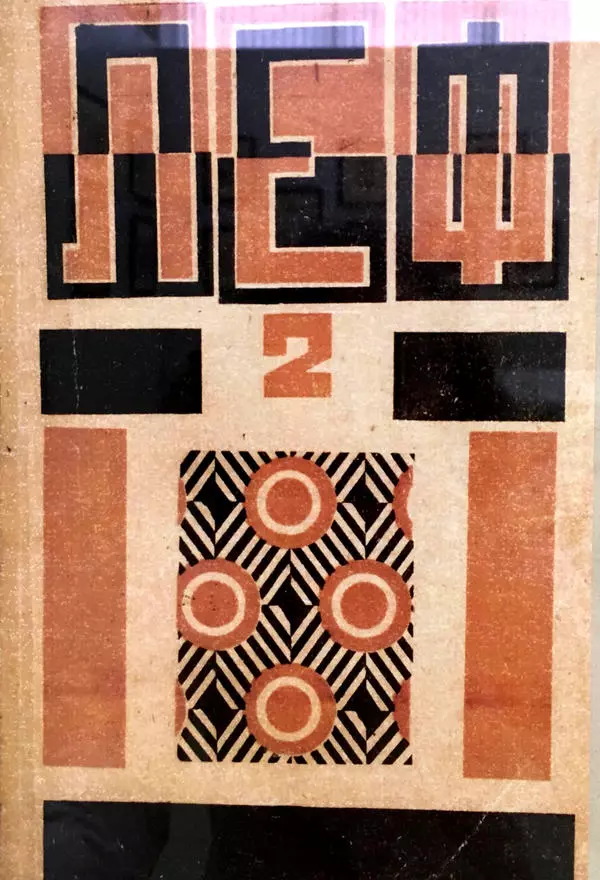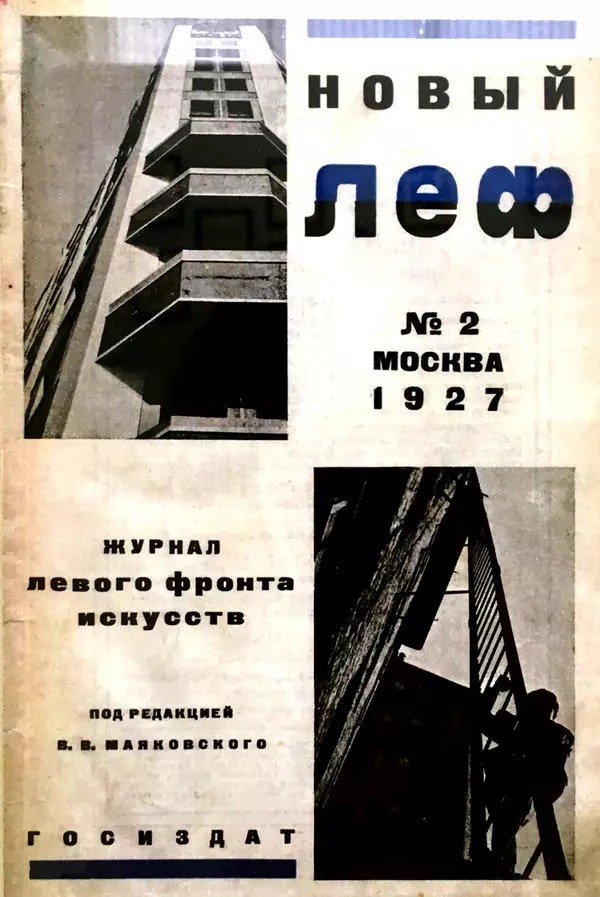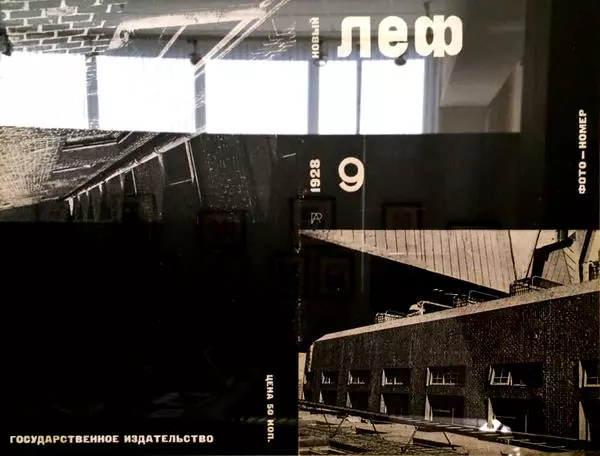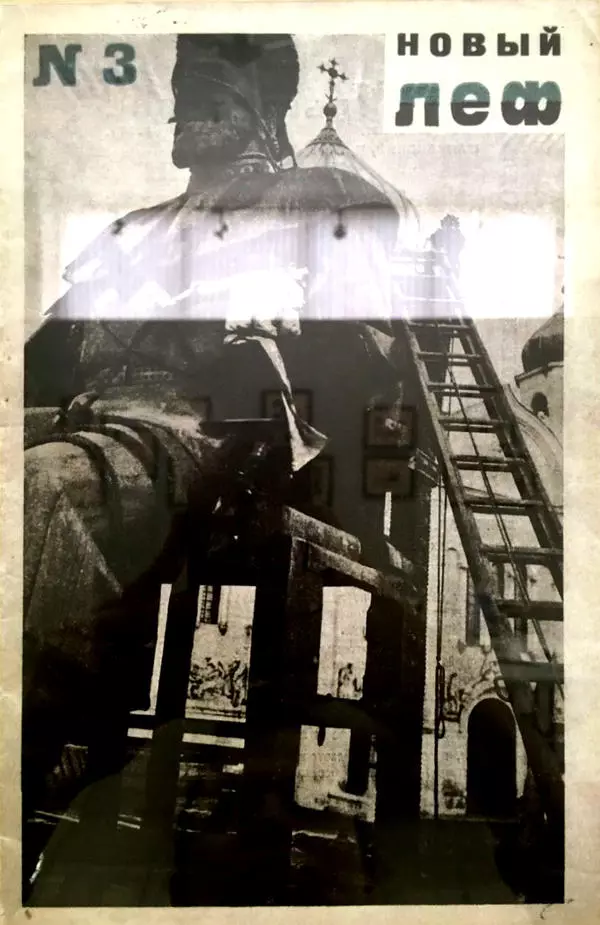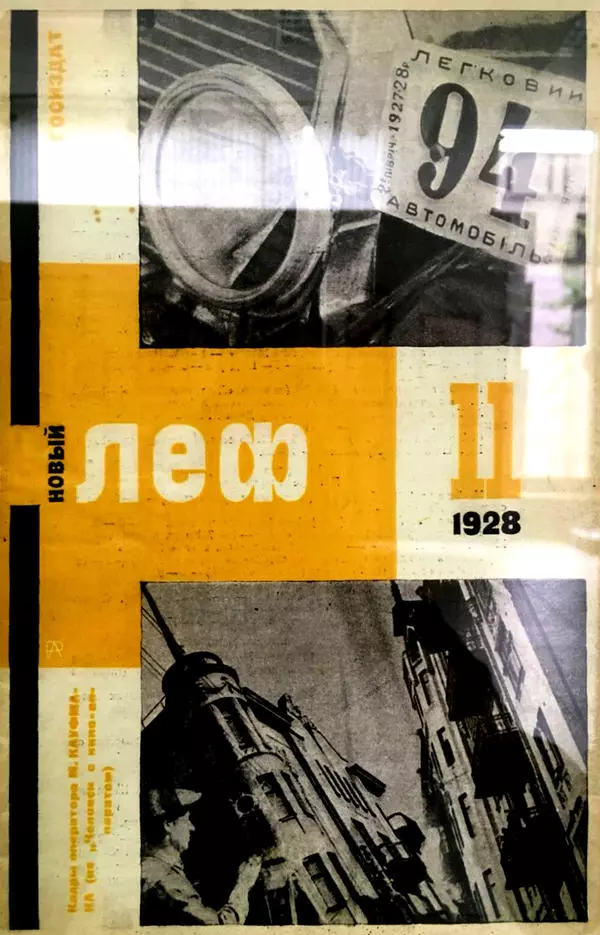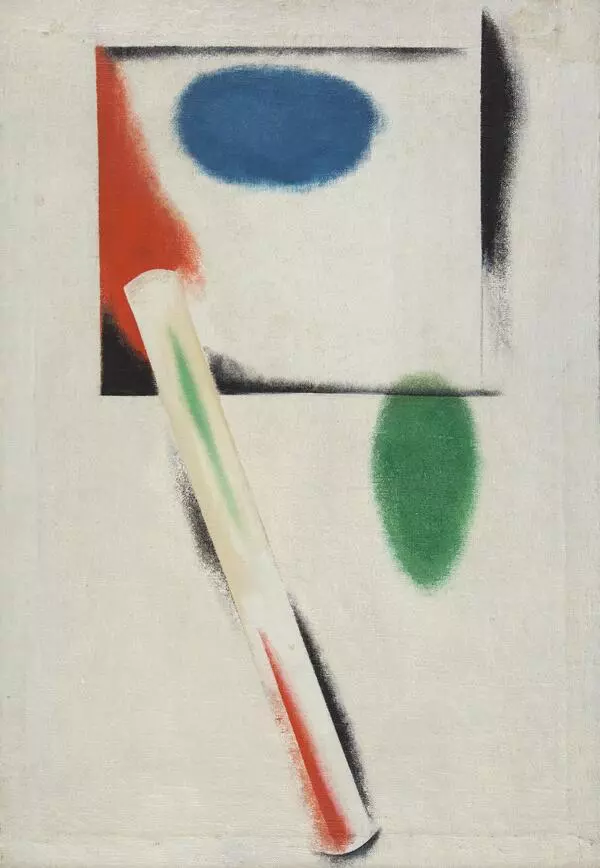Alexander Rodchenko was one of the founders of the design industry; a classical master of Constructivism; the author of hundreds of posters, collages, and campaign leaflets, which today are perceived as a prototype of the modern advertising. In addition, he took his place in history of art as an innovative photographer, artist, and illustrator.
Construction
Время создания
1918
Размер
72x63 cm
Техника
Oil on canvas
Коллекция
Выставка
7
Открыть в приложении#1
Alexander Rodchenko
Construction
#2
#4
A. Rodchenko. Poster. 1925. Source: Ramensky Museum of History and Art
#3
In 1914, the artist got acquainted with the futurists Vladimir Mayakovsky, David Burliuk, and Vasily Kamensky. Shortly after that, Rodchenko followed his wife, the artist Varvara Stepanova, and moved from St. Petersburg to Moscow. This is how his creative search in the field of the non-objective painting began. At first, his mentor was one of the avant-garde leaders Vladimir Tatlin, due to whom the artist became interested in constructions. Also, as Rodchenko admitted, he adopted from Tatlin his attitude to the profession, to things, to materials, to food, and to life in general.
In 1915, Rodchenko began experimenting with geometric structures and developing his own abstract art system, different from what Kazimir Malevich and other avant-garde artists were doing. In one of his letters to Varvara Stepanova, the artist wrote: I have found what to paint, and I think it will be fresh and bold.
In 1915, Rodchenko began experimenting with geometric structures and developing his own abstract art system, different from what Kazimir Malevich and other avant-garde artists were doing. In one of his letters to Varvara Stepanova, the artist wrote: I have found what to paint, and I think it will be fresh and bold.
#6
He strove to free the art of painting from the imposed limits, and the Construction from the collection of the P.S. Gamzatova Dagestan Museum of Fine Arts perfectly illustrates his creative endeavor. It also has a second name: Non-objective Composition II.
In 1918, Rodchenko made the circle his main shape for painting, and created with it a whole series of works entitled Color Concentration. The Construction is one of them. He experimented with the effect of glow by highlighting certain elements of his compositions with a white rim. In many ways, all this was done to be in opposition to the Suprematism movement artists, who Rodchenko considered his main rivals. Malevich defined Suprematism as the creation of pictorial forms that are the goals in and of themselves, that is, the art of painting as such: he and his fellow artists abandoned the subject, motif, and meaning, in favor of pure forms. For Rodchenko, the dominating pillar of a painting was the texture, and each element, whether it was a line or a circle, had its own a special meaning.
It was the Construction that represented the new Soviet art in Germany in 1922 and at the Venice Biennale in 1924. Then it spent many years in collections of various museums, and finally it was placed in the P.S. Gamzatova Dagestan Museum of Fine Arts. In 1992, there was an attempt to steal the Construction by cutting the canvas out of the stretcher, which, fortunately, failed. The painting was restored and returned to the permanent exhibition.
In 1918, Rodchenko made the circle his main shape for painting, and created with it a whole series of works entitled Color Concentration. The Construction is one of them. He experimented with the effect of glow by highlighting certain elements of his compositions with a white rim. In many ways, all this was done to be in opposition to the Suprematism movement artists, who Rodchenko considered his main rivals. Malevich defined Suprematism as the creation of pictorial forms that are the goals in and of themselves, that is, the art of painting as such: he and his fellow artists abandoned the subject, motif, and meaning, in favor of pure forms. For Rodchenko, the dominating pillar of a painting was the texture, and each element, whether it was a line or a circle, had its own a special meaning.
It was the Construction that represented the new Soviet art in Germany in 1922 and at the Venice Biennale in 1924. Then it spent many years in collections of various museums, and finally it was placed in the P.S. Gamzatova Dagestan Museum of Fine Arts. In 1992, there was an attempt to steal the Construction by cutting the canvas out of the stretcher, which, fortunately, failed. The painting was restored and returned to the permanent exhibition.
#7
P.S. Gamzatova Dagestan Museum of Fine Arts
читать дальшескрыть
00:00
00:00
1x
Construction
Время создания
1918
Размер
72x63 cm
Техника
Oil on canvas
Коллекция
Выставка
7
Открыть в приложении
Поделиться
